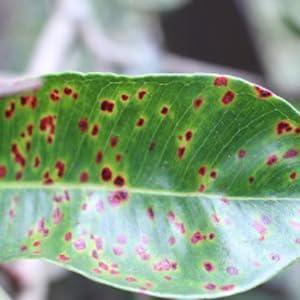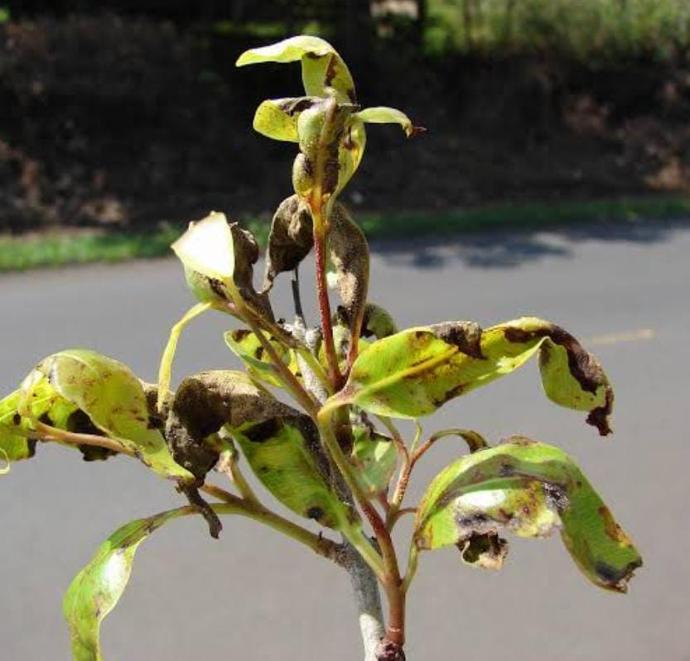White Neredu Plant
White Neredu , possibly referring to a specific plant variety, may have varying care requirements. Generally, provide well-draining soil, appropriate sunlight, and regular watering. Pruning and fertilizing practices may vary based on the specific characteristics of this plant.
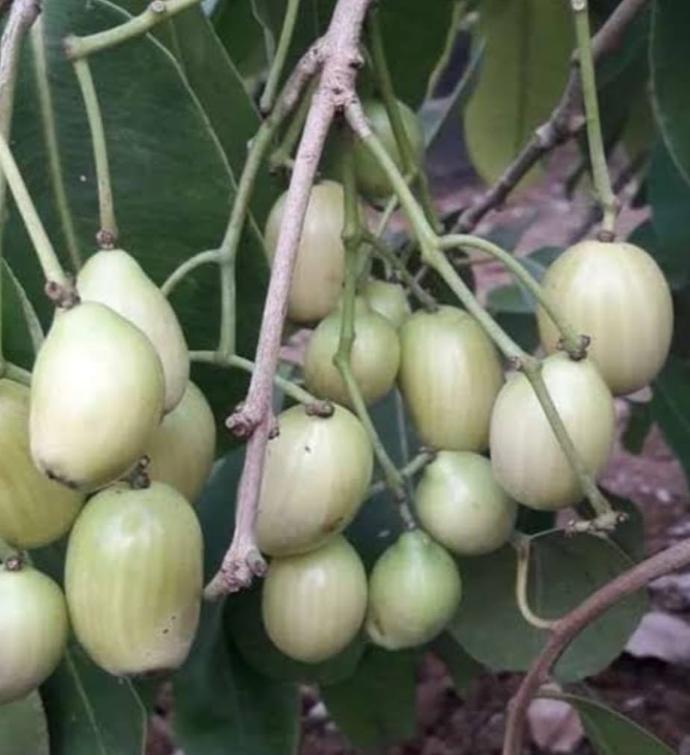
Habit
Tree
Height
1-2 meters
Growth
Moderate
Soil
Well-drained, loamy soil
Shade
Full Sun to Partial shade
Moisture
Moist
Edible
Yes
Medicinal
Yes
Origin
India
Climatic Condition
Tropical, subtropical
Temperature (°)
25-35
Humidity (%)
60-75
Potting media
Organic compost
Fertilizers
Nitrogen-rich
Watering
Moderate
Plant Weight
200-300 grams
Flowering Time
Summer to Fall
Soil Ph level
6.0-7.5
Water Ph level
6.5-7.0
Soil EC
0.4-0.5 mS/cm
Yield Per Plant
50 - 70kgs/tree
NPK ratio
10:10:10
life Span
1-2 years
Health Benefits
Rich in protein, boosts immune system
Suggested Grow Media or Potting Mix ?
50% loamy soil, 30% compost, 20% sand
Suggested Fertigation/Fertilizers
Fertilize every 4 weeks with a balanced fertilizer.
Common Diseases and Remedies
Leaf spot, Fruit rot.
Necrotic spots appear on the leaf.
Remove the effected part , avoid over watering.
HEALTH BENEFITS
· Traditionally used to regulate blood sugar.
· Has antibacterial and antioxidant properties.
· May help with digestive issues.
What Is An White neredu Tree?
White neredu natural products are normally consumed new or utilized in culinary arrangements like chutneys, pickles, and refreshments. They are plentiful in fundamental supplements like L-ascorbic acid, vitamin A, and fiber, making them a significant expansion to a reasonable eating regimen.
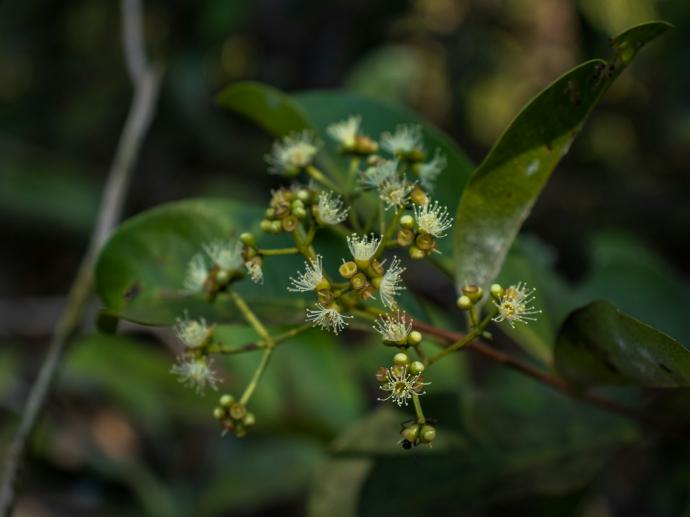
What Are The Different Types Of White neredu Plants?
The expression "white neredu plant" regularly alludes to the Spondias dulcis species, normally known as the white sapote or ambarella. While there may not be various kinds of the white neredu plant in essence, there can be varieties in cultivars or assortments inside the Spondias dulcis species. These varieties might remember contrasts for natural product size, flavor, variety, and different attributes . A few cultivars or assortments of Spondias dulcis may have explicit provincial names or neighborhood qualifications in view of where they are developed. For instance, in various regions of the planet, the natural product might be known as ambarella, kedondong, or June plum, among different names. These varieties might reflect contrasts in provincial inclinations, developing circumstances, and development rehearses.
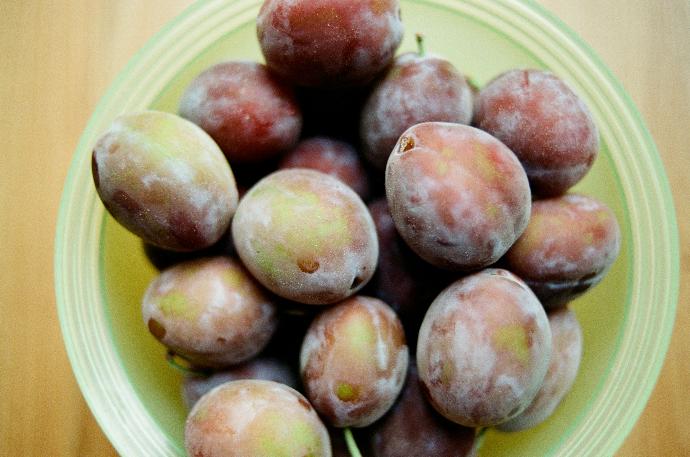
How to Care White neredu Plant ?
1. Location
The white neredu plant, or Spondias dulcis, flourishes in tropical and subtropical locales with warm temperatures and a lot of daylight. It is local to the Indian subcontinent and Southeast Asia but at the same time is developed in different areas of the planet with comparable climatic circumstances.
2. Sunshine
The white neredu plant, in the same way as other natural product bearing trees, requires a lot of daylight to flourish and create solid development and plentiful natural product. Preferably, white neredu plants ought to be established in a space where they get full sun openness, which commonly implies something like 6 to 8 hours of direct daylight each day.
3. Soil
White neredu plants favor soil that permits abundance water to deplete away rapidly. Standing water around the roots can prompt root decay and different issues. Along these lines, soil with great seepage, like sandy topsoil or loamy soil, is liked.
4. Hydration
White neredu plants ought to be watered routinely, especially during dry periods or when precipitation is scant. The recurrence of watering will rely upon variables like environment, soil dampness maintenance, and plant size. For the most part, giving water when the top inch or so of soil feels dry to the touch is a decent practice.
5. Nourishment
Nitrogen is fundamental for advancing verdant development and generally plant energy. Integrating nitrogen-rich manures or natural revisions into the dirt can assist with giving this fundamental supplement. Notwithstanding, exorbitant nitrogen can prompt lavish foliage to the detriment of natural product creation, so it's essential to reasonably utilize manures.
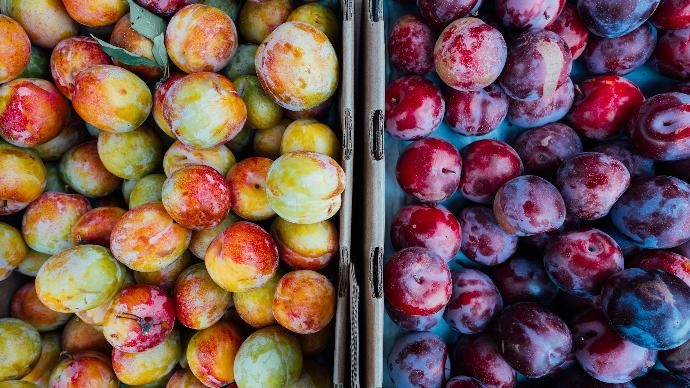
6.Issues
White neredu plants may be susceptible to attacks from pests such as fruit flies, aphids, scales, and mealybugs, which can damage foliage, flowers, and fruits. Regular inspection and appropriate pest management practices, such as using insecticidal soap or neem oil, can help control pest populations.
1. *Nutritional value:* White neredu fruits are rich in essential nutrients, including vitamin C, vitamin A, fiber, and various minerals. Consuming white neredu fruits as part of a balanced diet can contribute to overall health and well-being.
2. *Antioxidant properties:* White neredu fruits contain antioxidants such as vitamin C and flavonoids, which help protect cells from oxidative damage caused by free radicals. Antioxidants play a role in reducing the risk of chronic diseases and promoting longevity.
3. *Digestive health:* The fiber content in white neredu fruits promotes healthy digestion by adding bulk to the stool and supporting regular bowel movements. Including white neredu fruits in the diet can help prevent constipation and improve overall digestive health.
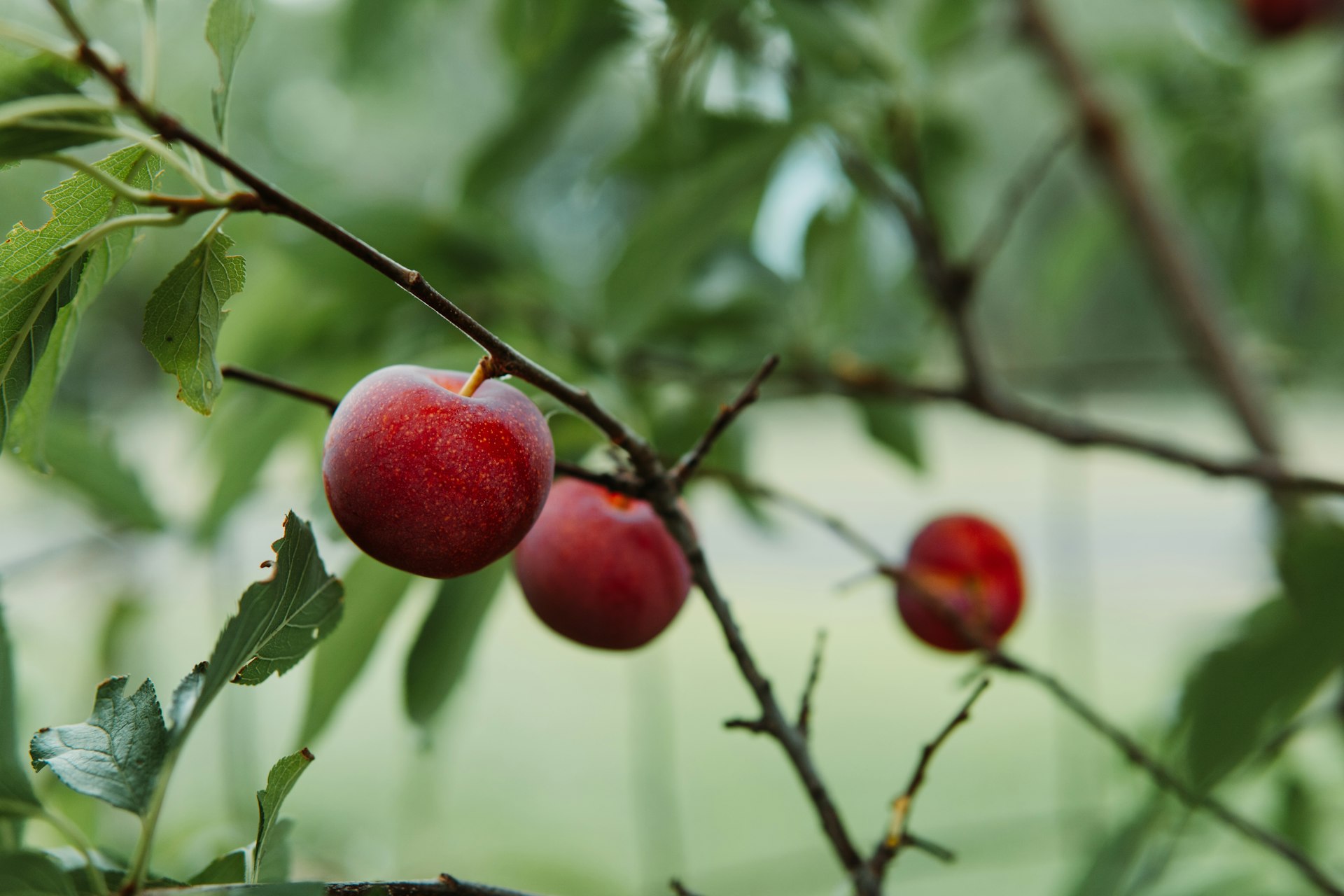
FAQs About Growing White Neredu
1. how to maintain white neredu plant ?
Maintaining a white neredu plant involves several key practices to ensure its health, vigor, and productivity. Here's a guide on how to maintain a white neredu plant
2. what are the uses of white neredu plant ?
White neredu fruits are edible and are commonly used in culinary preparations. They can be consumed fresh as a snack or incorporated into salads, fruit salads, or desserts. White neredu fruits are also used to make jams, jellies, preserves, chutneys, sauces, and beverages such as juices and smoothies.
3. can i grow white neredu plant indoor ?
White neredu plants require plenty of sunlight to produce healthy growth and fruit. If you can provide a sunny spot indoors with at least 6-8 hours of direct sunlight per day, such as a south-facing window, your white neredu plant may receive enough light to grow.
4. which pot is best for growing white neredu plant ?
Select a pot that is large enough to accommodate the plant's root system and allow room for growth. A pot with a diameter of at least 18-24 inches (45-60 centimeters) and a depth of 18-20 inches (45-50 centimeters) is suitable for a young white neredu plant. As the plant grows, you may need to repot it into a larger container to prevent root crowding.
5. from where i can shop white neredu plant ?
Visit local nurseries or garden centers in your area that specialize in tropical or fruit-bearing plants. They may carry white neredu plants or be able to order them for you.
